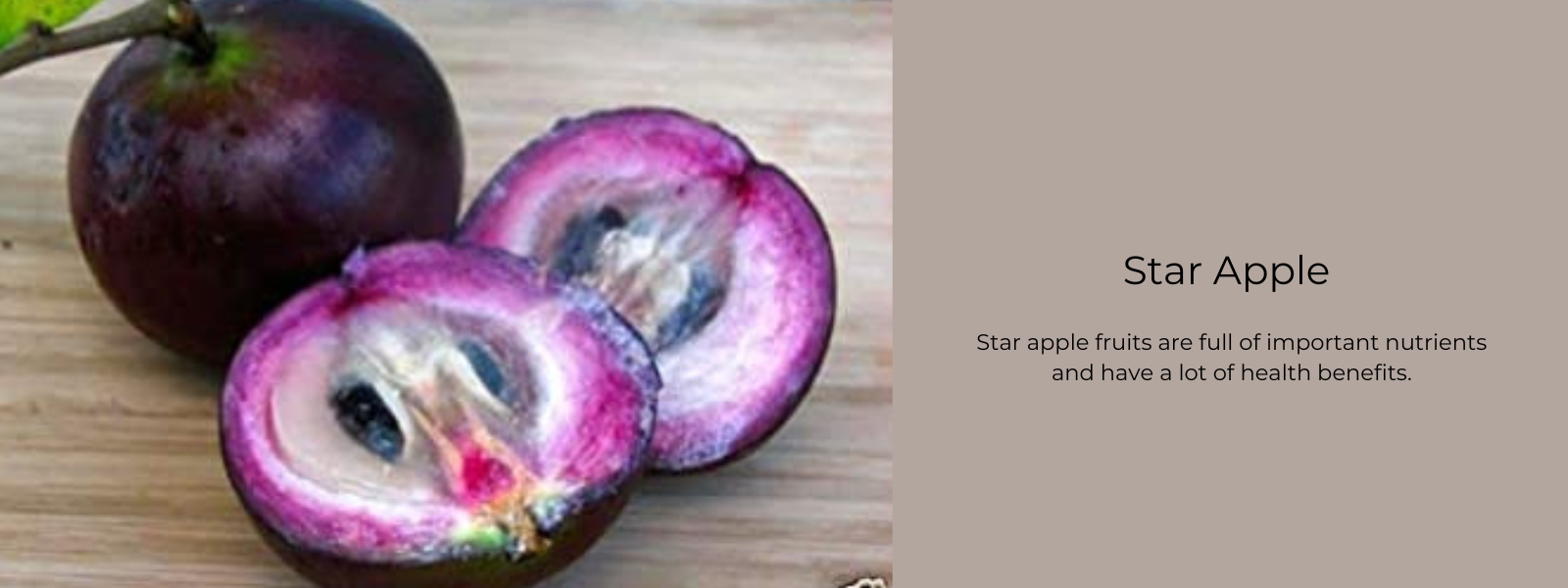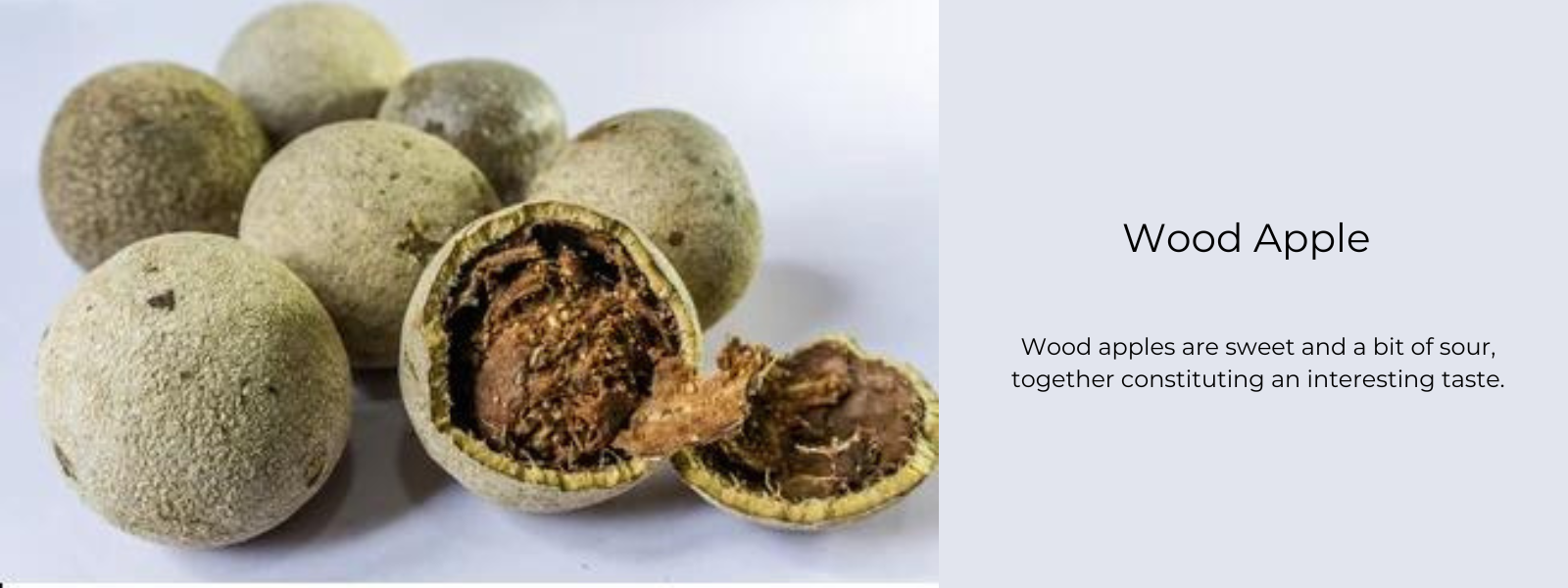White Pearmain apples vary in size depending on how they are grown, but they are usually medium to large fruits with a round to conical shape. The skin is smooth, waxy, and tough. Its colour ranges from pale green to yellow, and the side that gets the most sunlight has a slight red blush. The skin also has white dots called lenticels and a light brown ring called a russet around the stem. Under the skin, the white to yellow flesh is fine-grained, crisp, firm, and watery. It surrounds a large, central, fibrous core filled with dark brown-black, oval seeds. White Pearmain apples smell good, are dense and chewy, and have a slightly sweet and slightly sour taste. As the fruit is stored, a soft pear flavour will develop in the background.
Table of Contents
What are White Pearmain apples?
White Pearmain apples, also called Malus domestica, are a late-season variety in the Rosaceae family. The heirloom apple is a very old variety that has been recorded before 1850. It is also known as White Winter Pearmain, Winter Queening, Campbellite, Griffin's Pearmain, and Winter Quoining, among other names. During the 19th century, white Pearmain apples were one of the most popular types grown in the United States. However, as apple farming grew, many new cultivars overshadowed the heirloom apple. White Pearmain apples are not grown commercially anymore. Instead, they are grown as an all-purpose apple on a small number of farms. Even though White Pearmain apples are rare, they are very popular among apple lovers as a fresh-eating cultivar, and they are often grown in home gardens because of their high yields, adaptability, and ability to pollinate other apples.
Nutritional value of White Pearmain apples
White Pearmain apples have a lot of fibre, which helps keep the digestive system running smoothly. They also have vitamins A and C, which are antioxidants that strengthen the immune system and reduce inflammation. Potassium and boron, which are mostly found in the skin, are also in lower amounts in apples.
Uses of White Pearmain apples:
White Pearmain apples are best eaten raw because their sweet flavour comes out best when they are eaten right away. Most of the time, this type of apple is used as a dessert apple, but it can also be cut up and served with dips, chopped up and added to green salads, cut up and mixed into grain bowls, or used as a fresh topping for waffles and yoghurt. You can also make juice and cider from the apples, or bake them into muffins, cakes, bread, pancakes, and bars. When baking with White Pearmain, you should use tart apples like Granny Smith, Rome, or Mutsu to balance out the sweetness. When making pies, tarts, and crisps, mixing flavours will give them a rich taste. White Pearmain apples can be baked, chopped up and put into winter squashes, cooked with roasted meats, or simmered into sauces, soups, or chutney. Pumpkin, fruits like cranberries, apricots, and oranges, spices like cinnamon, cloves, ginger, and nutmeg, roasted meats like chicken, beef, and pork, and nuts like pistachios, almonds, and walnuts all go well with white Pearmain apples. If you store whole, unwashed White Pearmain apples in a cool place or in the crisper drawer of your fridge, they will last for 2 to 3 months.
Health benefits of White Pearmain apples
- Cuts down on cholesterol
Apples have soluble fibre that binds to fats in the intestine. This makes cholesterol levels go down.
- Improves heart health
Researchers have found that people who eat a lot of soluble fibre build up less cholesterol-rich plaque in their arteries. The phenolic compound in apple skins also keeps cholesterol from building up on the walls of your arteries when it gets into your body. When plaque builds up in your arteries, it slows the flow of blood to your heart. This can lead to a disease called coronary artery disease.
- Prevents gallstones
Gallstones form when your bile has too much cholesterol to stay liquid, so it turns into a solid. People who are overweight are more likely to have them. Doctors say that a diet high in fibre can help you control your weight and cholesterol levels and keep gallstones from forming.
- Treats diarrhoea and bloating
Fibre in apples can help when you can't go to the bathroom or just can't stop. Fiber can either pull water out of your colon to keep things moving when you're backed up or soak up extra water from your stool to slow down your bowels.
- Treats irritable bowel syndrome (IBS)
IBS symptoms include constipation, diarrhoea, stomach pain, and feeling full. Doctors say that you should avoid dairy and fatty foods to get rid of these symptoms. People with IBS know that food can make their symptoms worse.
- Prevents haemorrhoids
Haemorrhoids are swollen veins in the urethra. Even though these veins aren't dangerous, they can be very painful. Too much pressure in the pelvic and rectal areas causes them. In addition to helping you get rid of constipation, fibre can keep your bowel movements regular and keep you from having to strain too much when you go to the bathroom.
- Manages weight
Being overweight can cause a lot of health problems, like heart disease, stroke, high blood pressure, type 2 diabetes, and sleep apnea. Doctors recommend a high-fibre diet to help people control their weight and improve their health as a whole.
- Cleanses liver
Your liver is in charge of getting rid of these poisons from your body. Many doctors aren't sure about detox diets that are all the rage, saying that they might do more harm than good. One of the best (and easiest) things you can eat to help clean out your liver is fruit, like apples.










Leave a comment